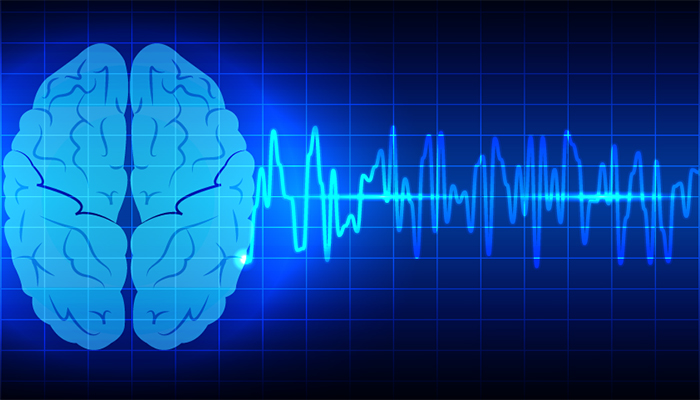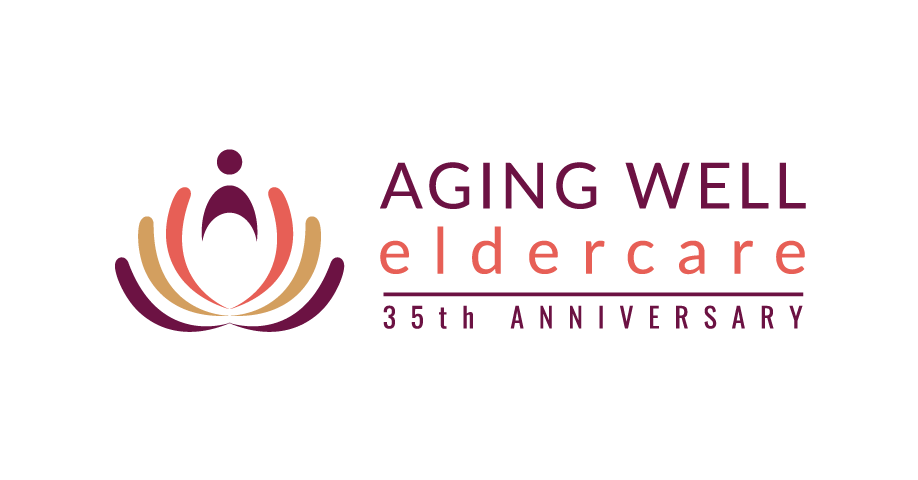Learn more at AgingWellMetroDC.com
After a stroke: Movement and coordination
A stroke and its consequences bring up strong emotions. It’s frustrating to find oneself unable to do things that were so effortless before. And it’s difficult to have to ask for help. Find out what you can do to ease the adjustment for your loved one. Also, which professionals can help your relative make the most progress possible back to prestroke abilities.
Emotions following a stroke
 A stroke usually results in damage to the brain. Some of the effects will be permanent. Others, temporary. Through exercises and practice, your relative may regain many if not all of their physical abilities.
A stroke usually results in damage to the brain. Some of the effects will be permanent. Others, temporary. Through exercises and practice, your relative may regain many if not all of their physical abilities.
The emotional toll. What takes most patients and families by surprise are the emotional changes that can come with a stroke. Depression is common.
Some 30% to 50% of stroke survivors experience depression. Becoming suddenly dependent on others may trigger down feelings. For instance, needing help with basic activities, such as dressing or eating.
Even if there is no disability, the stroke’s injury to the brain may itself cause depression, a long-lasting depression or a severe depression—to the point of suicide.
Does your loved one laugh or cry out of the blue? These unexpected emotional storms are another common aftereffect of a stroke. They are often out of sync with current activities and can be very distressing. Your loved one may feel hijacked by his or her feelings. And both you and your relative may feel embarrassed, and worried.
Ask your loved one how you can help: Briefly check in and move on? Or should you actively offer comfort? Such episodes can be interrupted with distraction to another activity, slow breathing or relaxation exercises. In social situations, let others know this is simply an aftereffect of the stroke.
If you even think depression might be an issue, ask the doctor. Talk of suicide should be taken seriously. Also talk of feeling worthless or hopeless. Depression left untreated could become a chronic problem that lasts for years.
Help is possible. Several medications for depression have proven quite effective for both post-stroke depression and for the bouts of unexpected crying or laughing. Get connected with others, too. Support groups provide reassurance and useful tips for families and for the person who had the stroke.
Return to topWhen therapy is a workout

If the doctor orders rehabilitation therapy your loved one has a good chance of regaining prestroke abilities. Referrals may include physical therapists (for large motor movements), occupational therapists (for activities around the house), and speech therapists (for problems with language and swallowing).
Therapy may occur at home, in a clinic, or in a rehab facility. The process frequently lasts several weeks and can be intense. People who make the greatest progress start rehab early and are diligent with their exercises.
Motivation is key. Shortly after the stroke, the rehab professionals will assess your loved one and set specific goals. Daily therapy will be used to achieve those goals. Patients are expected to practice at least one hour per day for each type of therapy prescribed.
This “workout” may seem overwhelming to your relative. And therapists have different styles. Some praise, others are more commanding. Encourage your loved one to give feedback if a particular style is not helpful.
Help the team connect with your relative. You can do this by providing perspective from the past and continuity with your loved one’s future:
- Ask your relative what you can do to provide support.
- Attend sessions if your loved one would like that. Balance encouragement with realistic expectations.
- Ask periodically for the professional’s observations and tips, but be sensitive to your loved one’s privacy.
- If therapy occurs in a facility, attend the “care planning” meetings. This is when staff members from all departments discuss a patient’s goals and progress. Ask questions and share insights.
Rehab therapy stops when patients meet their goals. Or when they “plateau,” meaning that they are no longer improving. Lack of participation is also a reason for stopping therapy. If therapy has been provided in a facility, work with the discharge planner to arrange continued therapy at home or follow-up at a clinic.
Return to topWhat is an occupational therapist?
Eating, dressing, getting in and out of a chair. In the course of daily life, we use many skills to accomplish even “simple” tasks. Standing up or using a fork is surprisingly complex. Nerve signals and muscles have to coordinate in a very specific order. A healthy body is a marvel!
We take these skills for granted until something interrupts our abilities. A stroke may require a right-handed person to learn to do things with the left hand. Walking or getting in and out of a car becomes very challenging when one side of the body is unable to coordinate well with the other.
Occupational therapy can help your loved one
- relearn specific tasks or activities
- remain at home despite limitations
Occupational therapists have special training to help people overcome new challenges with the daily tasks of living. A therapist might show your loved one some exercises for better coordination. They might recommend special equipment or supplies. Maybe all that’s needed is a rearrangement of furniture in the house. Or a slightly different approach to doing the same thing.
Occupational therapy can be provided at home or in an outpatient clinic. It usually starts with a home visit. The therapist will watch your loved one perform various tasks, evaluate the home for safety and convenience, recommend exercises and/or home modifications, consider best options for transportation, and develop goals based on your relative’s abilities, interest, and budget.
Participate in the visit if you can. That way you learn what might help your family member live to the fullest.
Ask the doctor for a referral
If you think your loved one would benefit from knowledgeable guidance, ask the doctor for a referral. Occupational therapy is covered by Medicare. Also by Medicaid and most private insurances.
Contact us at 301-593-5285
